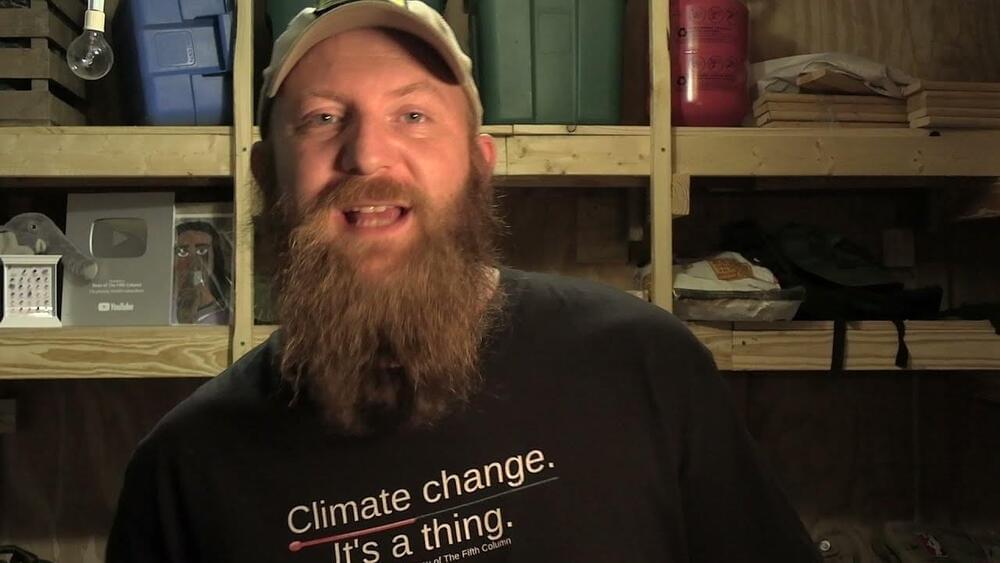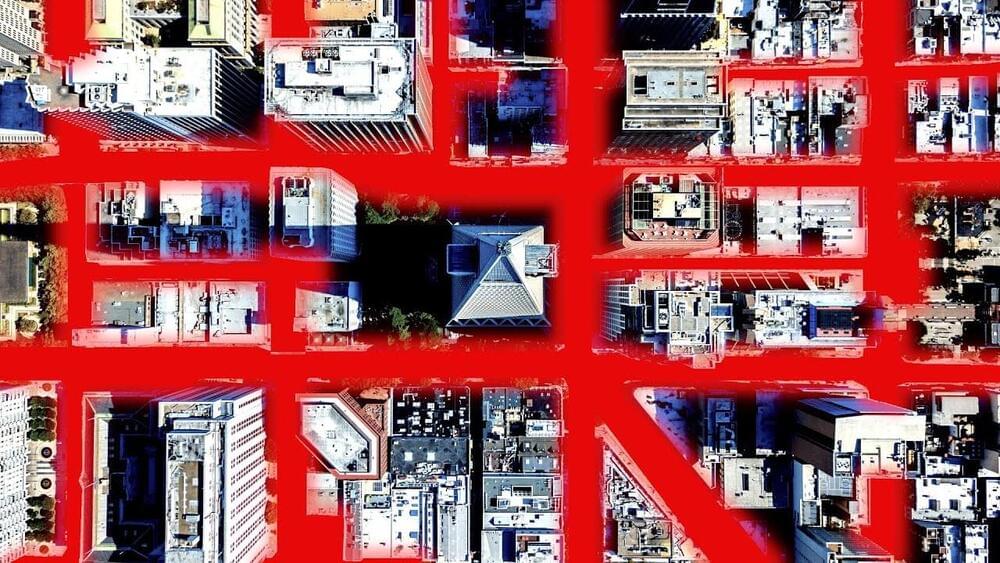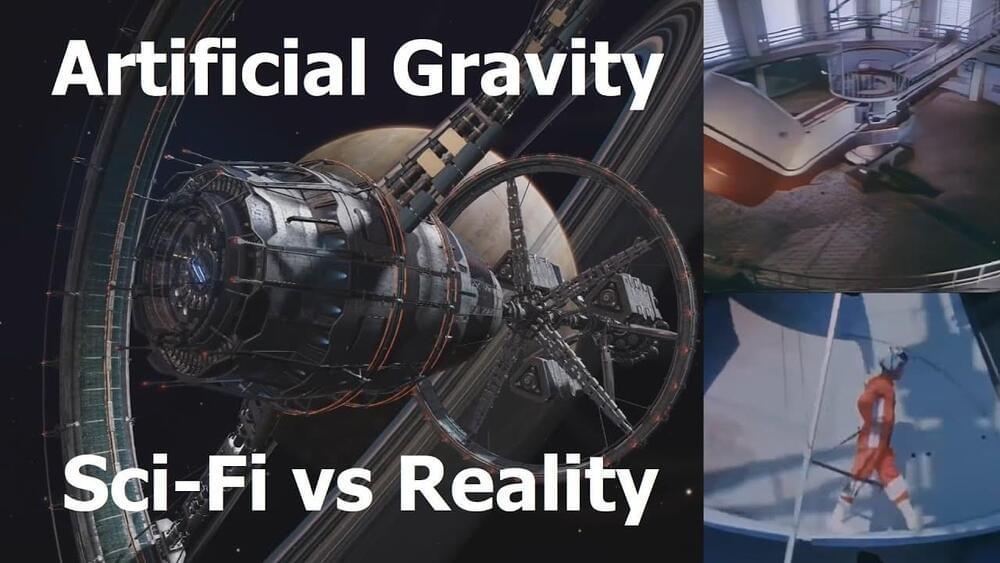Support via Patreon: https://www.patreon.com/beautfc.
The Roads with Beau: https://www.youtube.com/channel/UC_x7nc3Vi4BPgmNnMsz774A
Check out the store. Stickers, mugs, hoodies, shirts, etc.
https://teespring.com/stores/beau-of-the-fifth-column.
Check out the podcast: https://anchor.fm/beau-of-the-fifth-column
]]>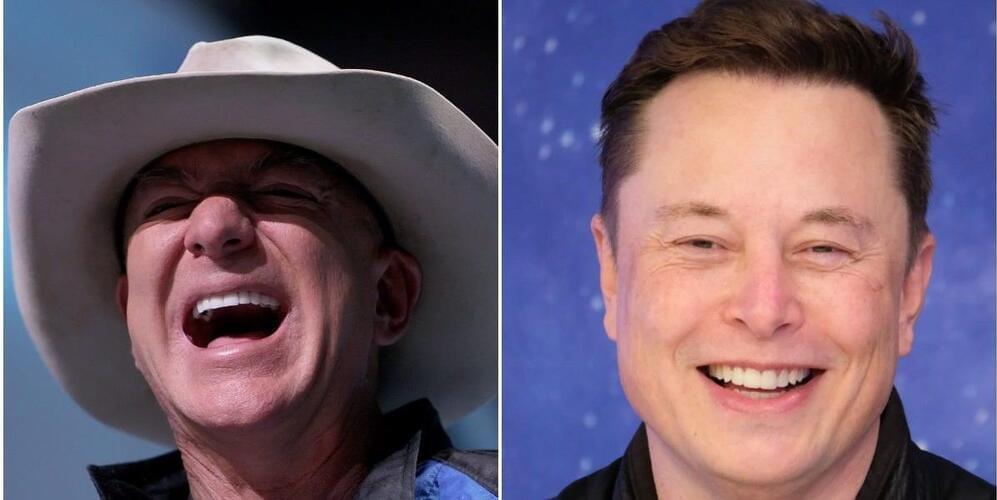
Going to hear the SpaceX fans complaining about this but it actually makes perfect sense. SpaceX is already “deep into development” of the vehicle they plan on using for a lander therefore they don’t get as much money as a group that hasn’t started on development yet. Keep in mind that NASA is well aware that SpaceX is already using their money to develop Starship and SuperHeavy so there is no real need to ‘double-down’ on taxpayer development funding to a company that is already spending that money on that development.
One need look no further than the “race” between SpaceX and Boeing over Commercial Crew. Dragon had been in development since 2004 (and funded by NASA since 2006 or cargo and 2010 for crew) while Boeing only started development of Starliner in 2010. SpaceX took 4 years longer than planned for the Cargo version, (2006 scheduled but didn’t fly till 2010) and a full decade after that using the same basic design to fly crewed (2020) Boeing’s Starliner, even if it doesn’t fly this year is still ahead of SpaceX’s development.
It should be rather telling that SpaceX got the lowest award of all the contracts. Starship has always been the ‘outlier’ of the lander designs.
Both Elon Musk’s SpaceX and Jeff Bezos’ Blue Origin will design moon landers that NASA can use to regularly send astronauts to the moon.
]]>Sign up for Morning Brew for free today: https://bit.ly/mbadamsomething.
Turns out we’ve been driving on McRoads this entire time.
Check out my Patreon tiers: https://www.patreon.com/adamsomething.
Join my Discord: https://discord.gg/2YcarWsc8S
Images of Barcelona I’ve used:
https://unsplash.com/photos/X6o9QhsxkmM
https://unsplash.com/photos/hVhfqhDYciU
https://unsplash.com/photos/c8vMIaXR784
Thumbnail basis:
https://unsplash.com/photos/2-B9yMEh2mk
Artificial gravity for spaceflight is a concept older than spaceflight itself, but we’ve only ever seen one small scale test ever flown in space. However decades of research have been performed to show that the human body can adapt to the conditions required for rotating artificial gravity. This shows that it’s an engineering problem that likely solvable for interested parties who want to spend the time, effort and money creating the classic rotating space stations from Science Fiction.
Here’s a couple of papers which were heavily referenced in researching this.
https://ntrs.nasa.gov/api/citations/19720019454/downloads/19720019454.pdf.
https://ntrs.nasa.gov/api/citations/19730003384/downloads/19730003384.pdf.
The Voyager space station video is from the Gateway Foundation.
https://www.youtube.com/channel/UCfq9IoUJBIKORP6Q0Zp4dIg.
Intro and End segments by Concodroid and Eclipso.
]]>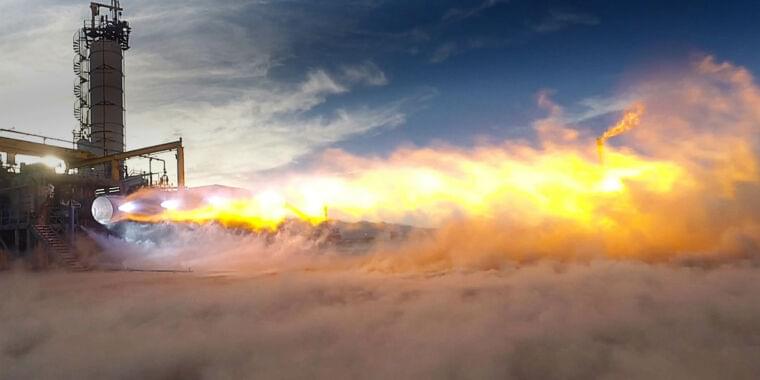
Interesting ArsTechnica article on the delay of the BE-4 engine from Blue Origin. It brings up a point many outside the actual industry miss in that Blue Origin has to meet more stringent and complicated regulatory and certification standards that SpaceX does since they are actually producing engines for sale rather than company use. Since SpaceX only provides ‘services’ rather than ‘products’ (they have no plans for every selling Merlin’s, Raptor’s or any other item they produce including the “mini-Raptor” the Air Force actually paid them to produce) they don’t have to meet or even consider most of the requirements that Blue Origin has had to in order to produce the BE-4.
After these tests, a fully assembled flight engine no. 1 will be shipped to Texas to undergo a fairly brief round of tests, known as acceptance testing. If this engine passes, as expected, it will be shipped to ULA. Then a virtually identical BE-4 engine will be sent from Kent to Texas. This “qual” engine will undergo a much more rigorous series of tests, known as qualification testing. The idea is to push the engine through its paces to find any flaws. Then a similar process will follow with flight engine no. 2 followed by a second “qual” engine.
The risk is that ULA will receive the flight engines before the full qualification testing is complete. This qualification work on Blue Origin’s test stands will be occurring even as ULA integrates the engines with its first Vulcan rocket for testing and ultimately a launch during the second half of 2022. So if Blue Origin finds a last-minute issue with the BE-4 engine, ULA may have to unwind its work on final Vulcan development.
“This is a success oriented approach, but it could definitely backfire,” one source told Ars.
]]>
Researchers designed a paper shifting puzzle that’s incredibly calming to watch.
]]>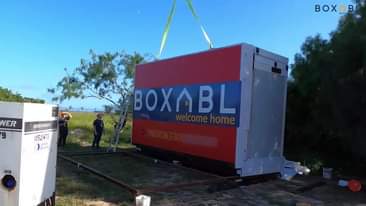
Not an endorsement (because frankly I can see way to many things that could be or could go wrong with this type of housing) but…
Is Boxabl the future of housing for planet earth?
]]>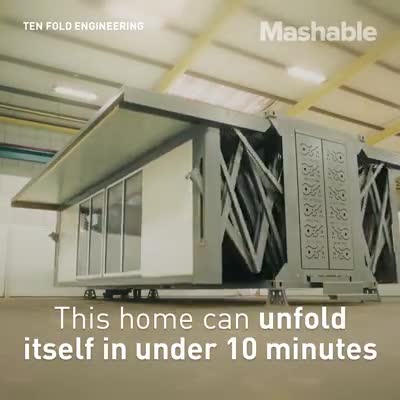
This house can unfold and fold itself in 10 minutes.
]]>
Click on photo to start video.
 Milan’s vertical forests’ plant life
Milan’s vertical forests’ plant life  equals 3 hectares of forests
equals 3 hectares of forests  0 maintained by “Flying Gardeners”, a specialized team of arborists-climbers.
0 maintained by “Flying Gardeners”, a specialized team of arborists-climbers.
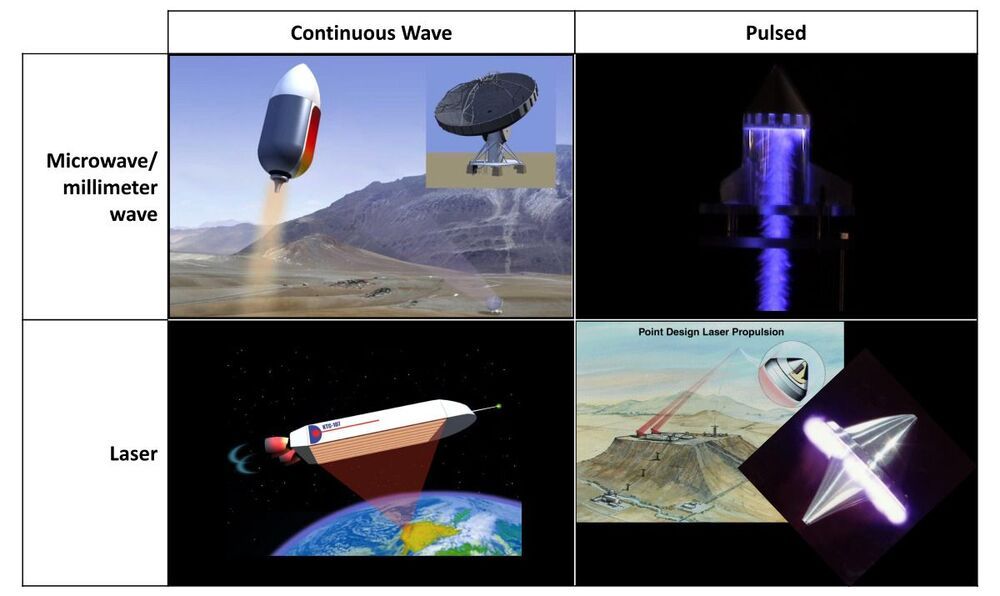
Parkin Research.
MICROWAVE THERMAL ROCKETS
AND
LASER THERMAL ROCKETS
Traditional rockets are marginal at launching things into orbit. Their chemical propellants do not carry enough energy (in the form of chemical bonds) to accelerate their own mass to orbit, let alone a tank and payload on top of that. As well as expelling propellant, traditional rockets also have to jettison parts (stages) as they ascend. The payload that is finally released into orbit is a tiny fraction of the rocket that lifts off from the ground.
]]>